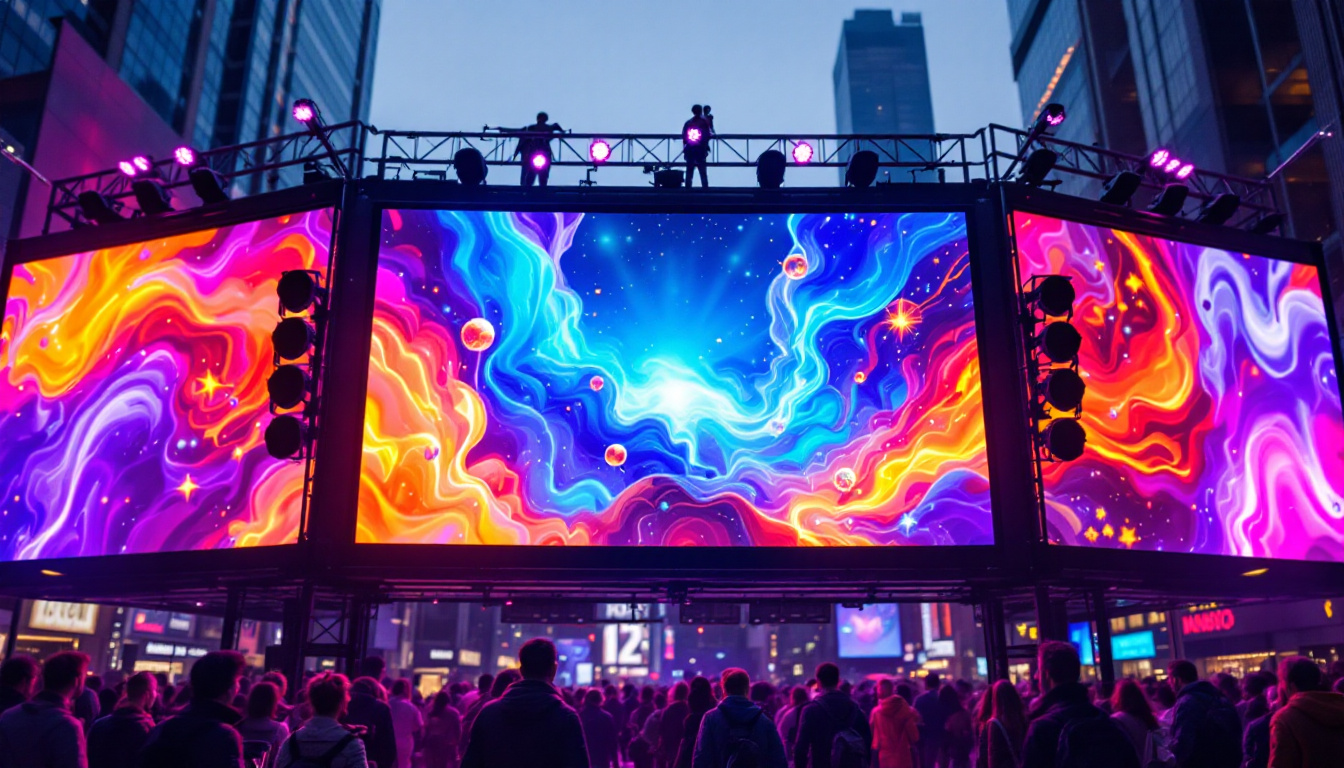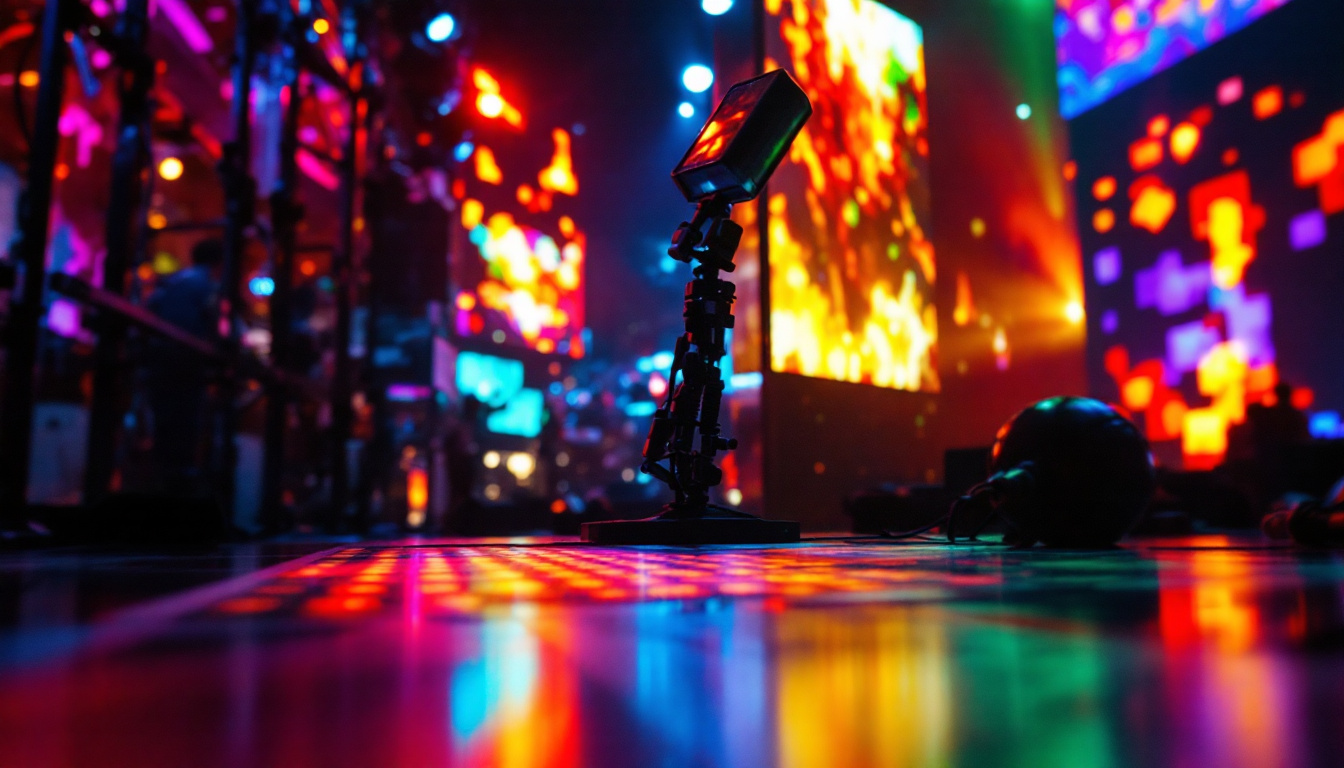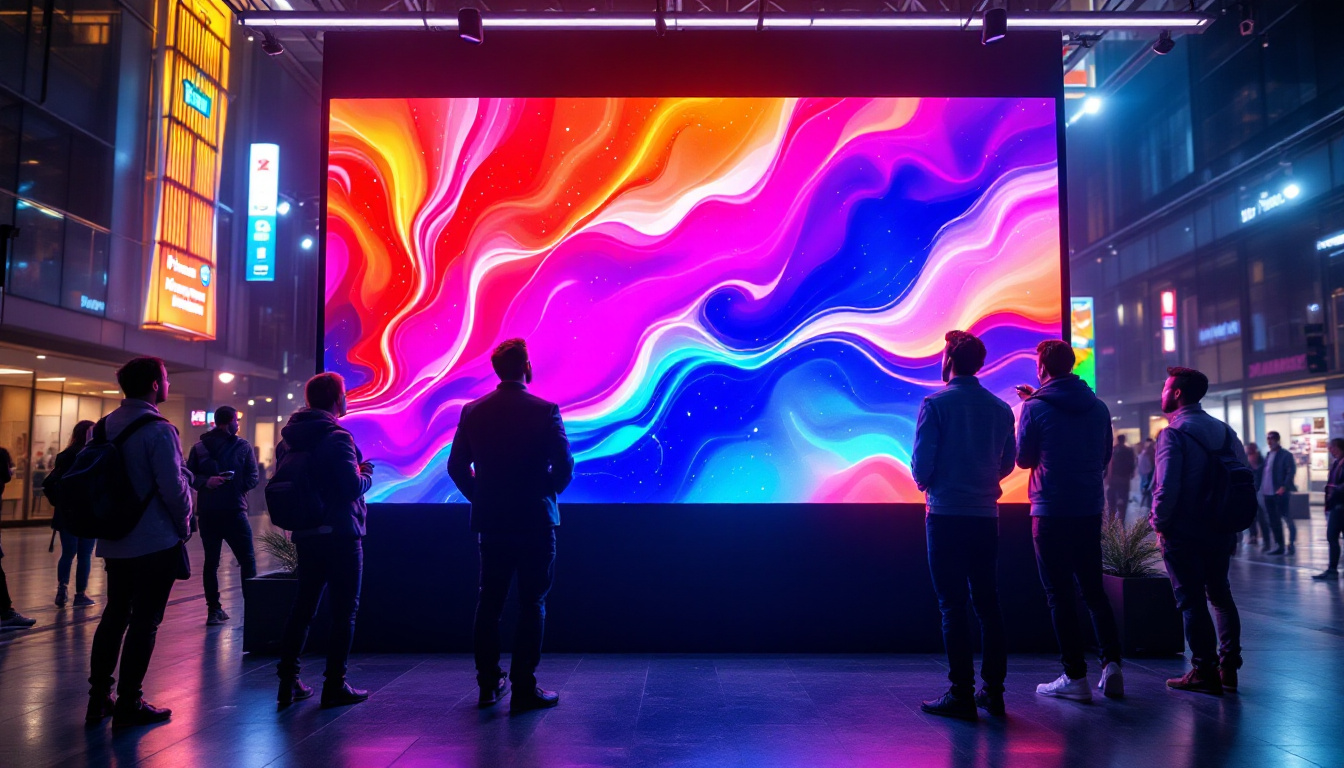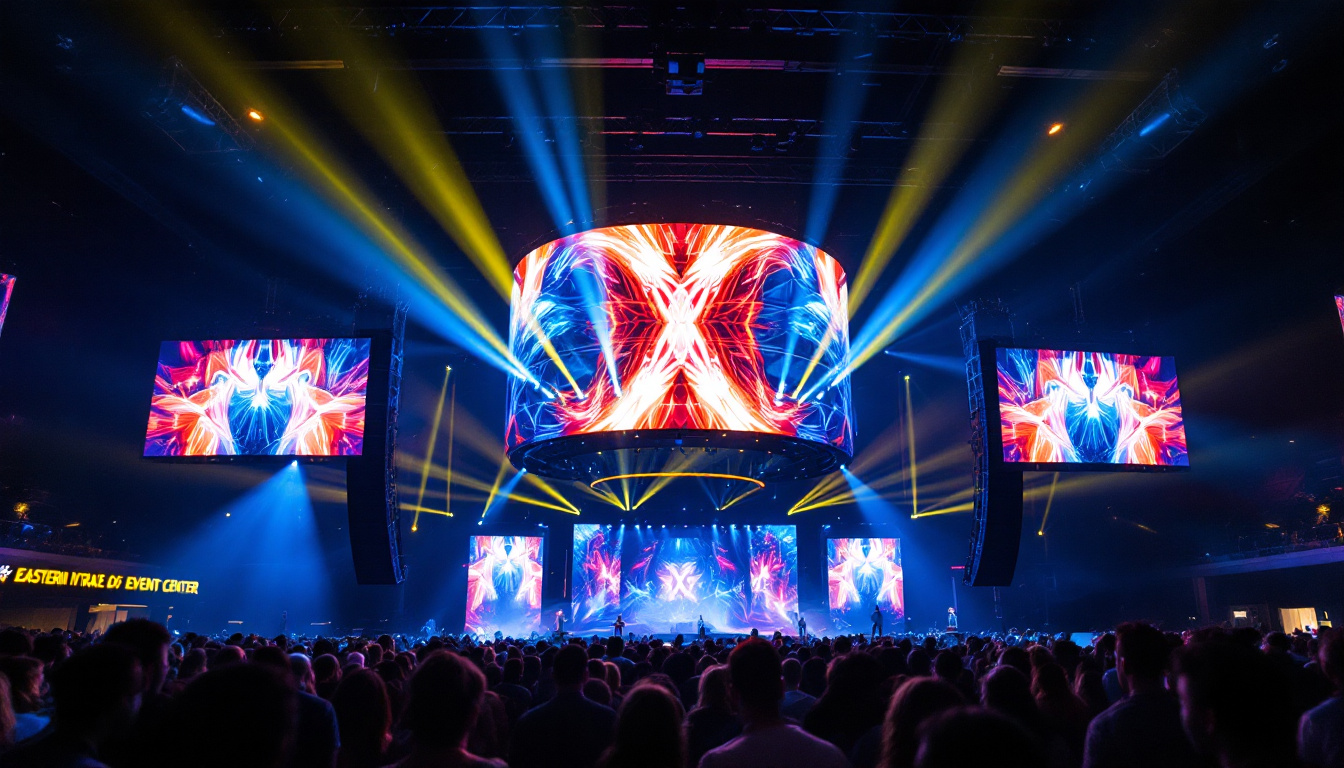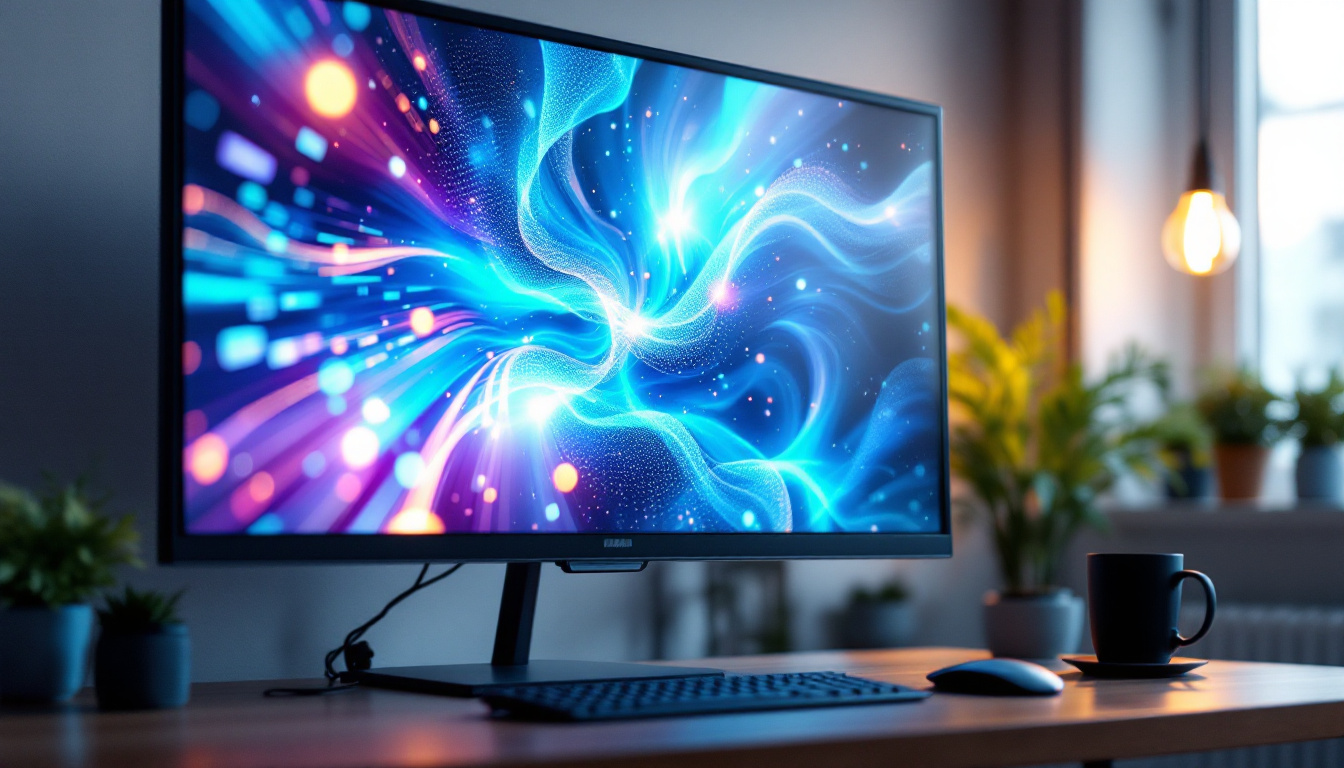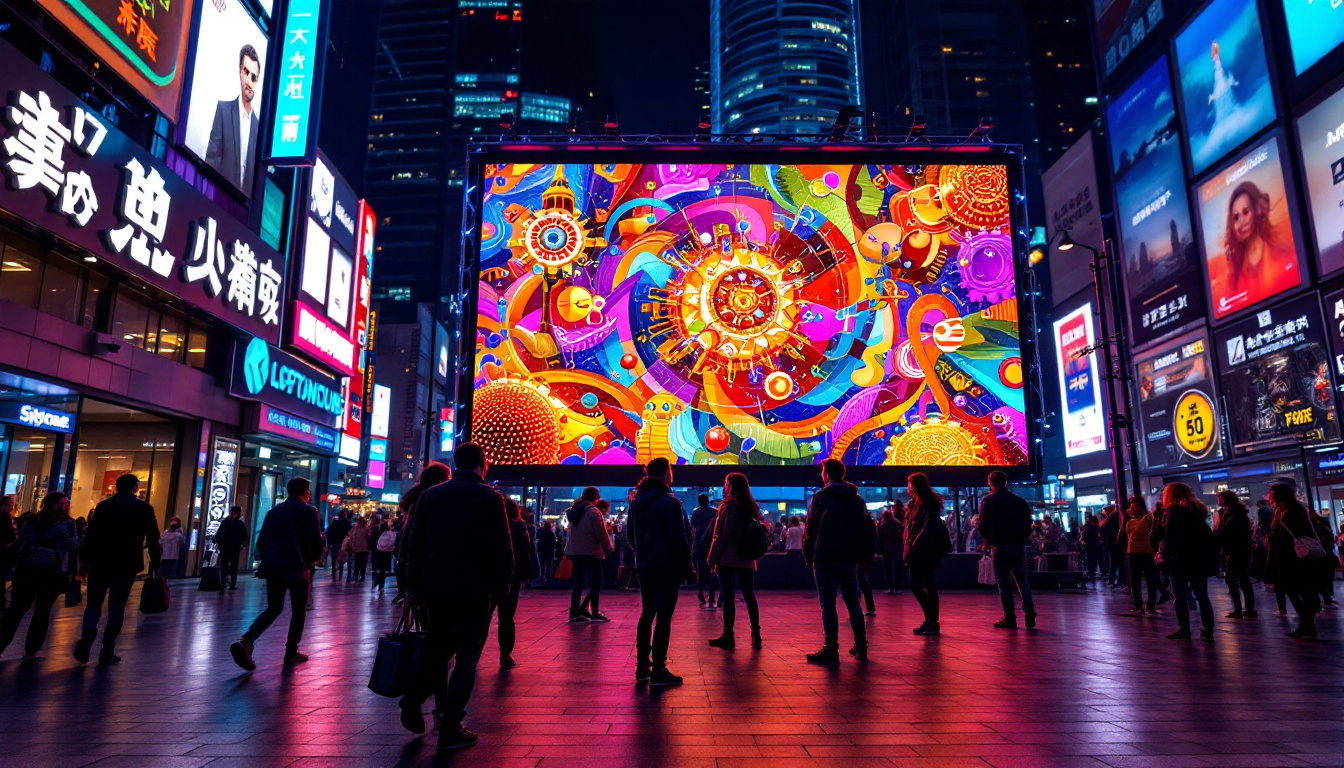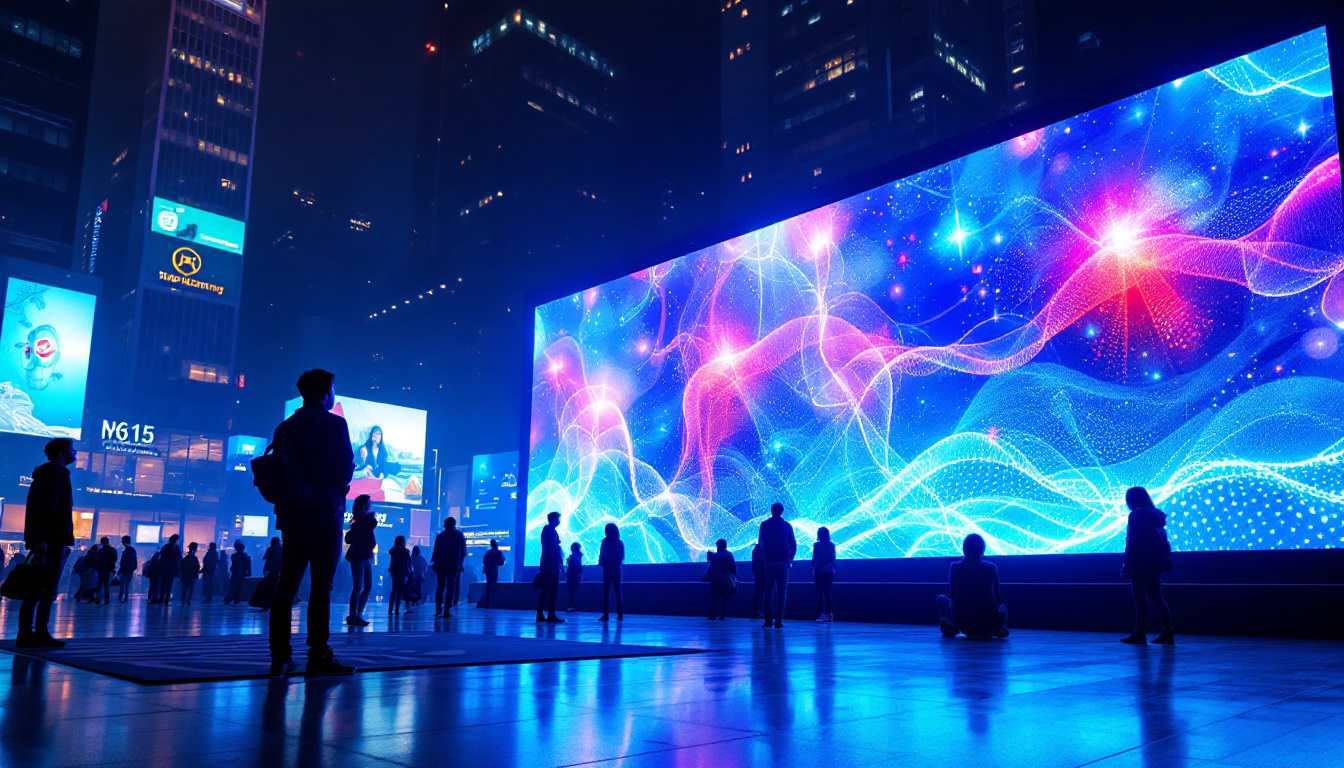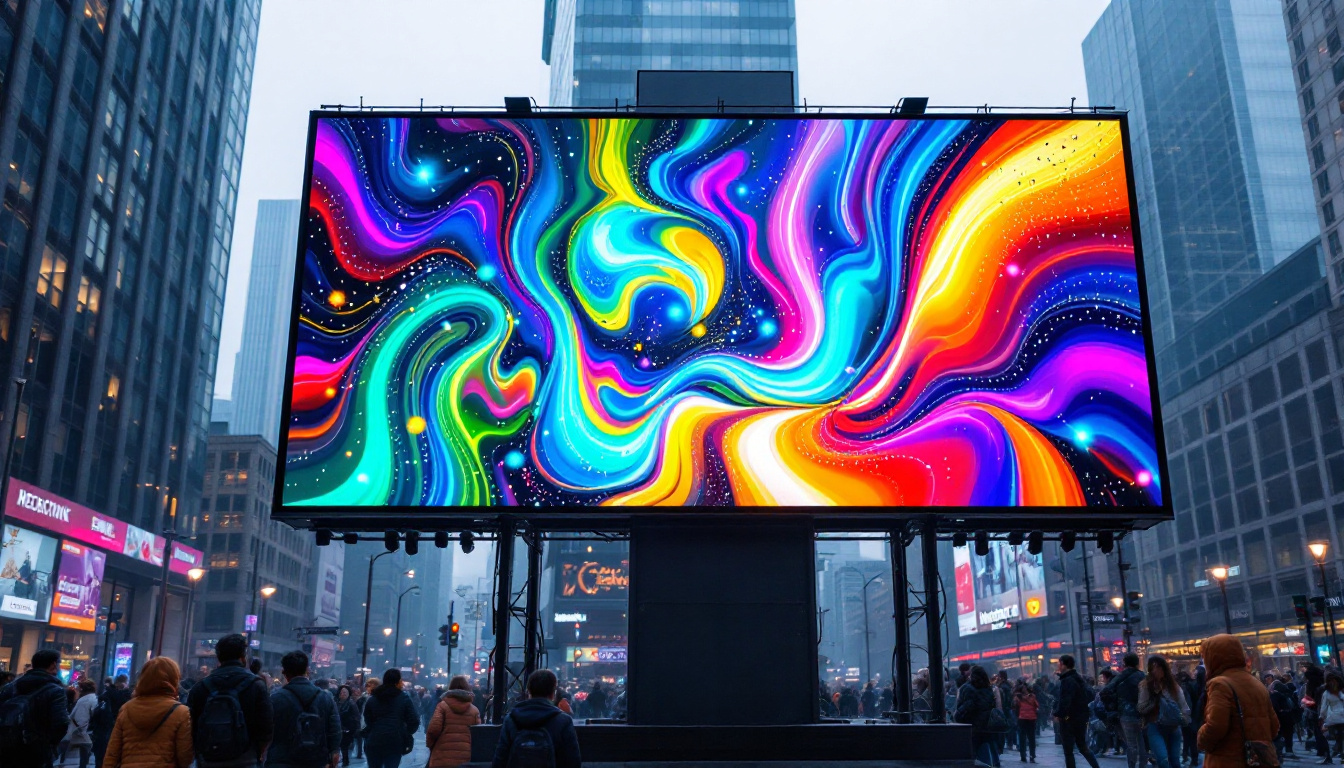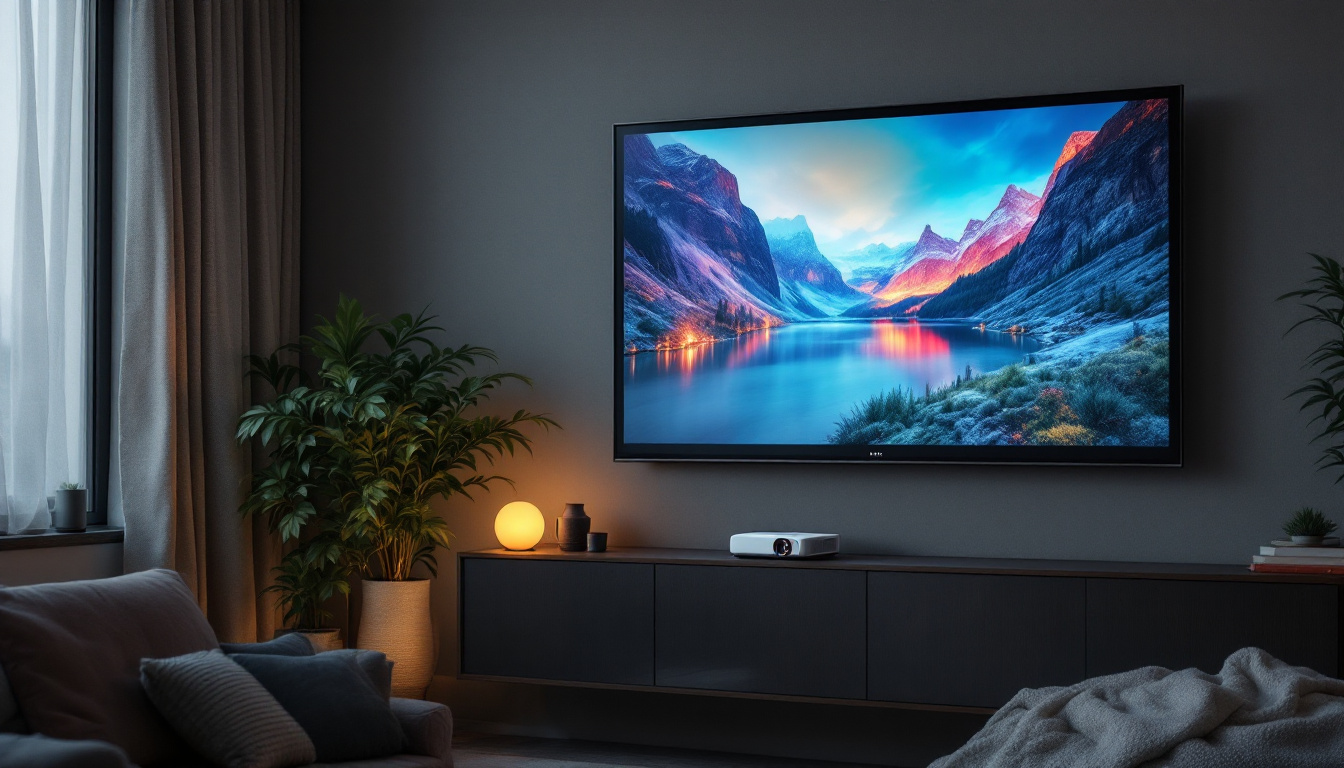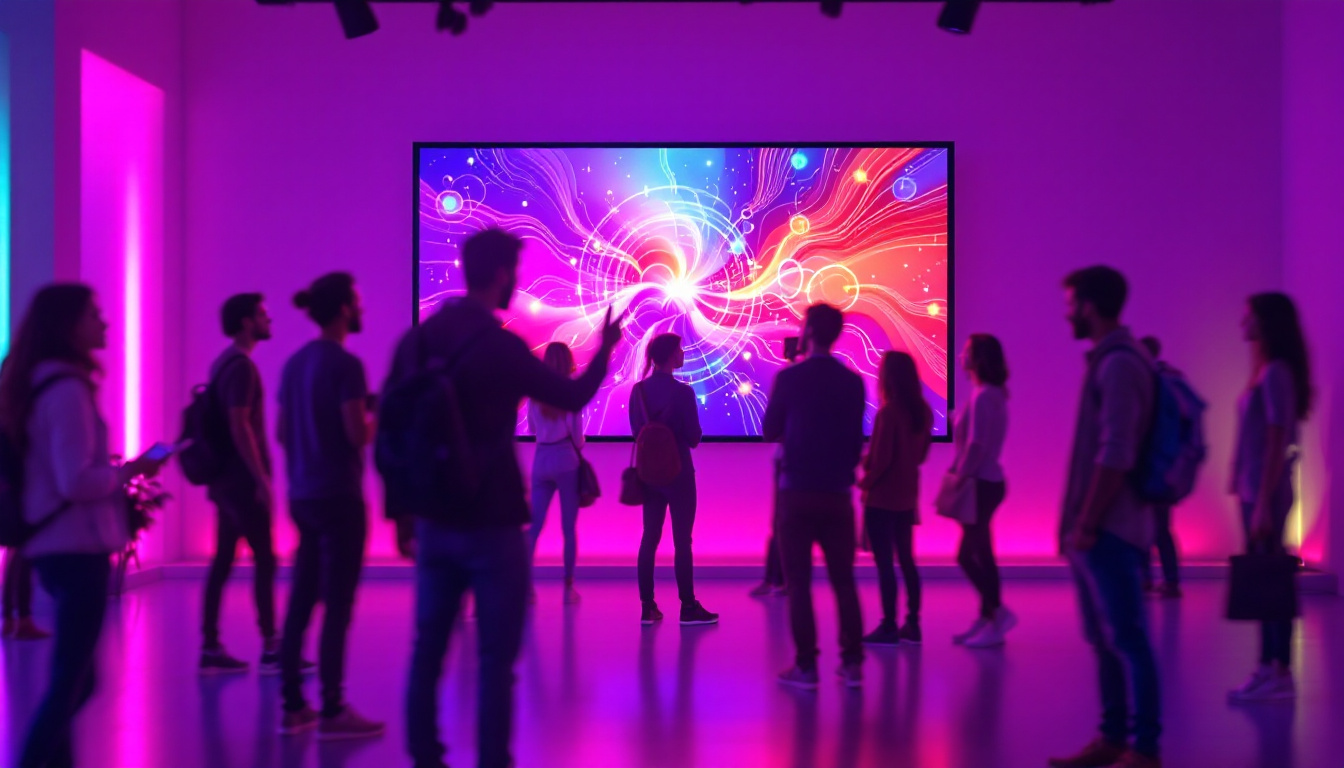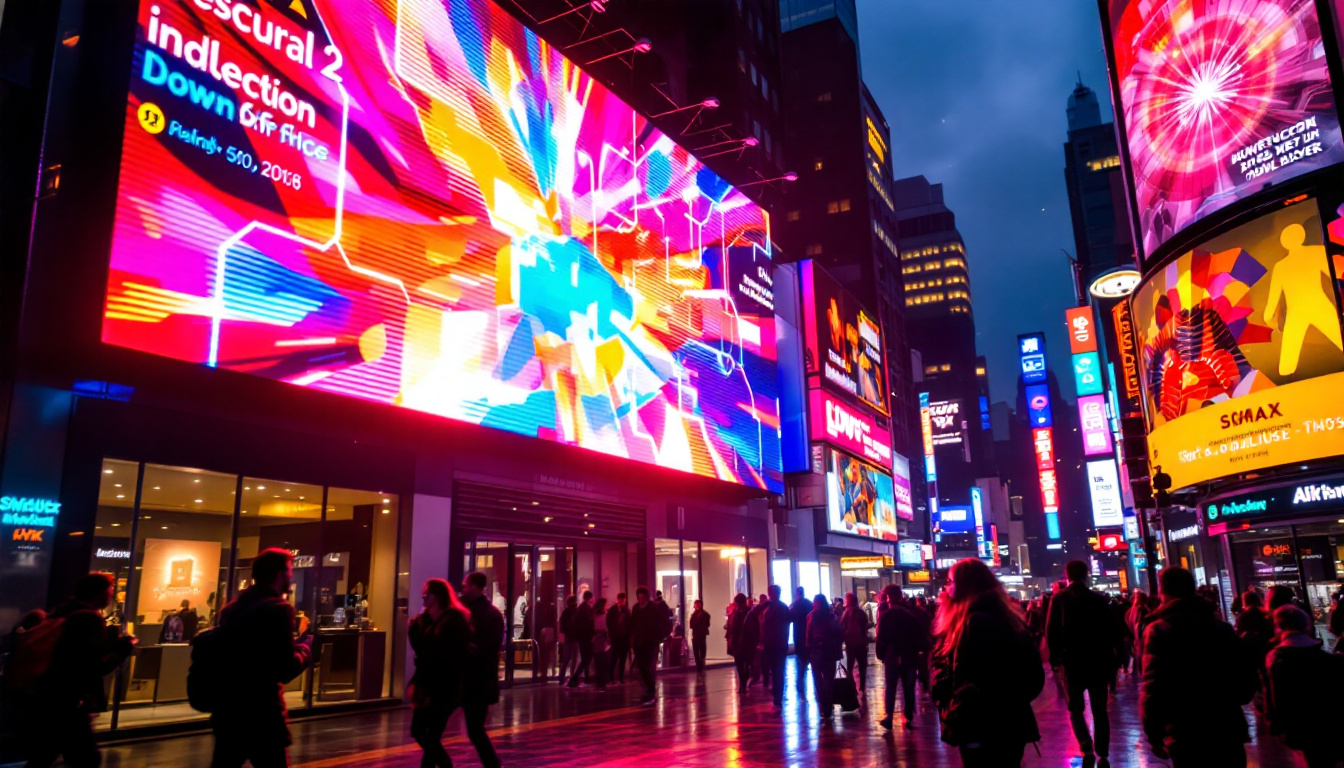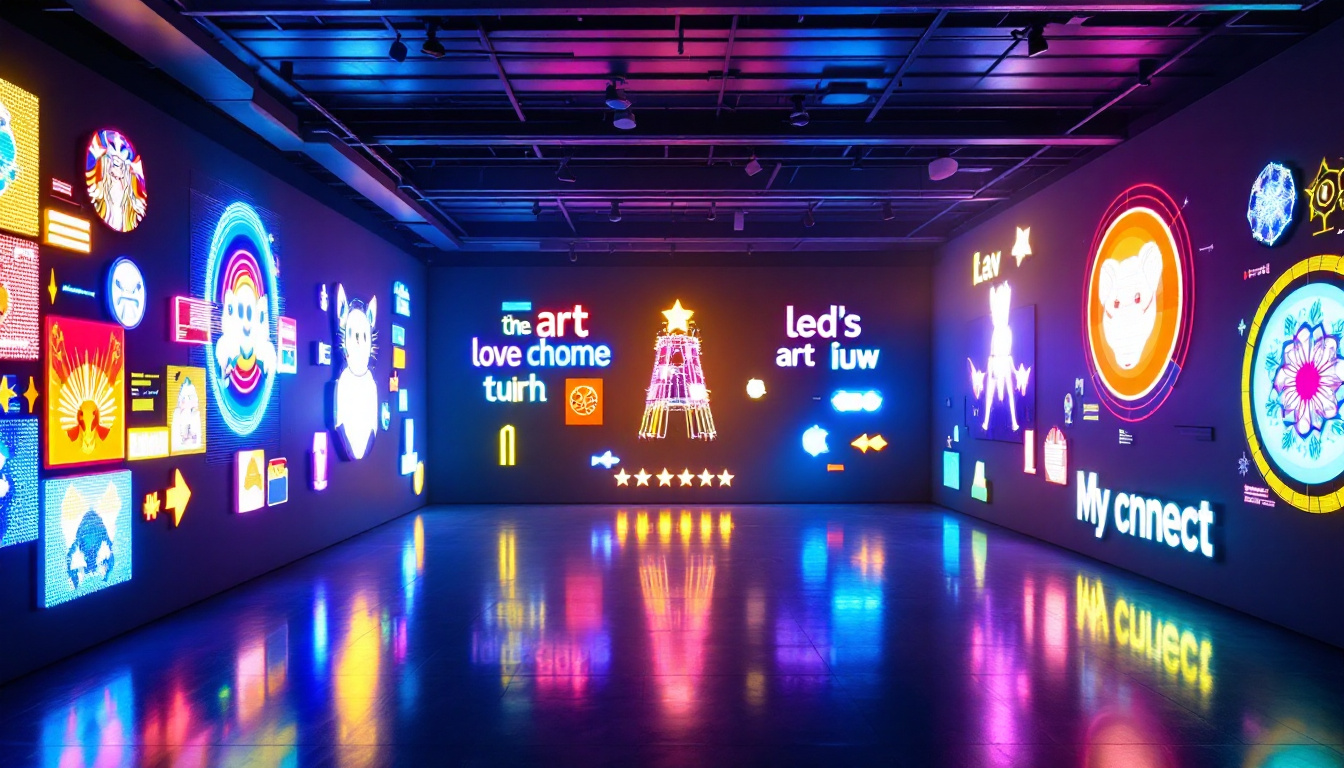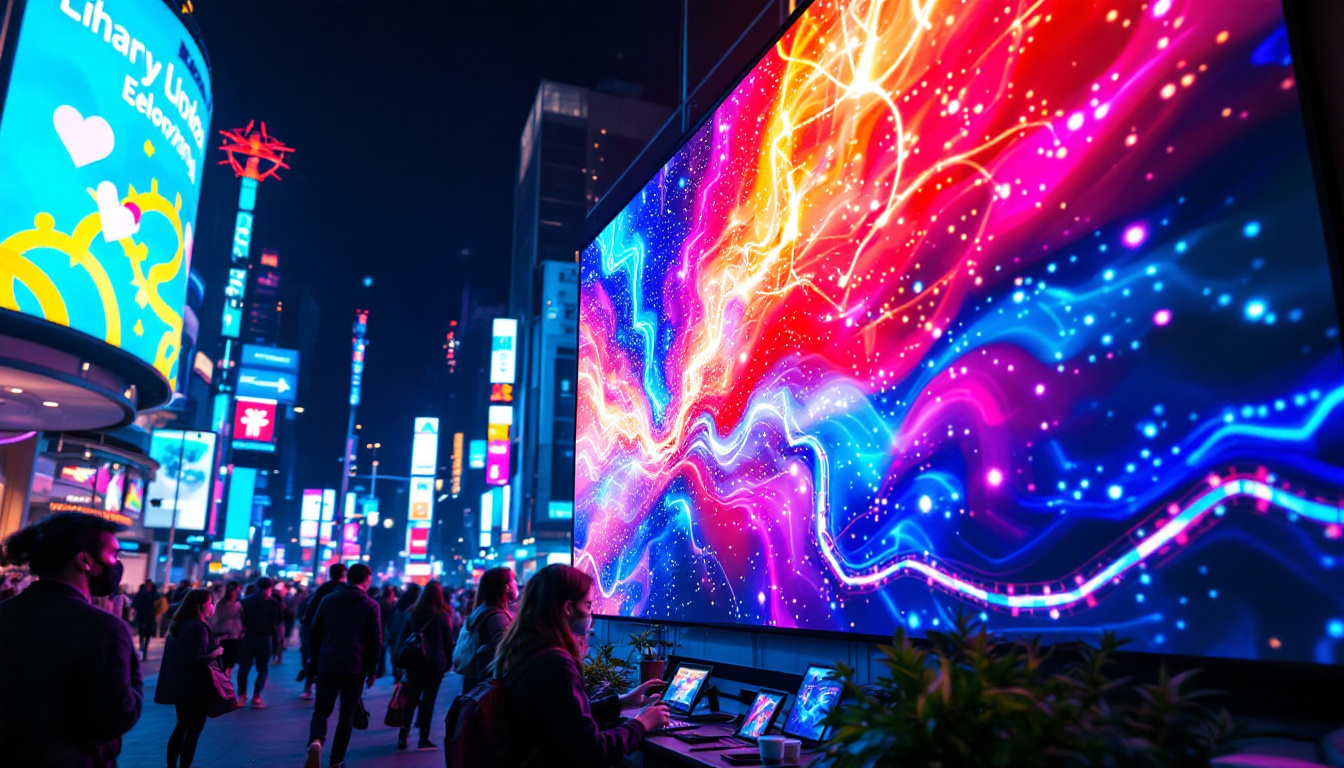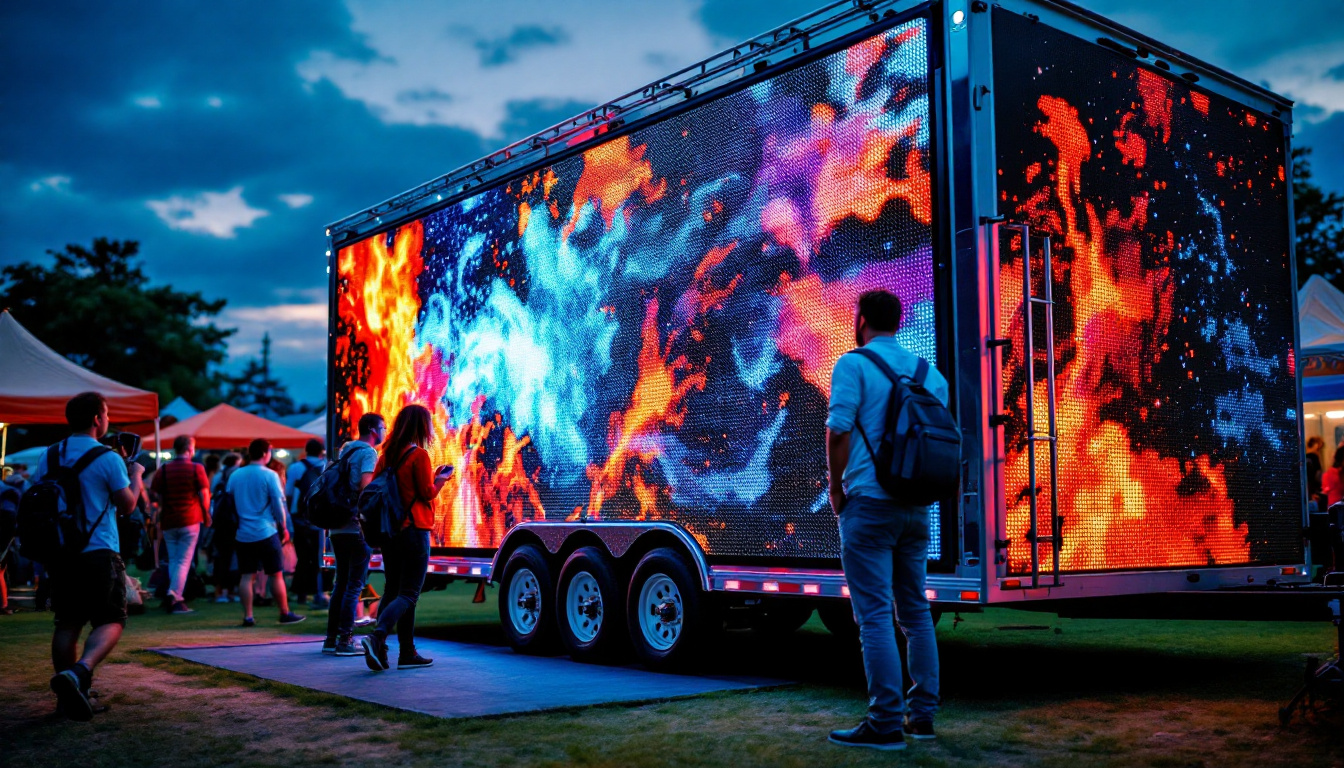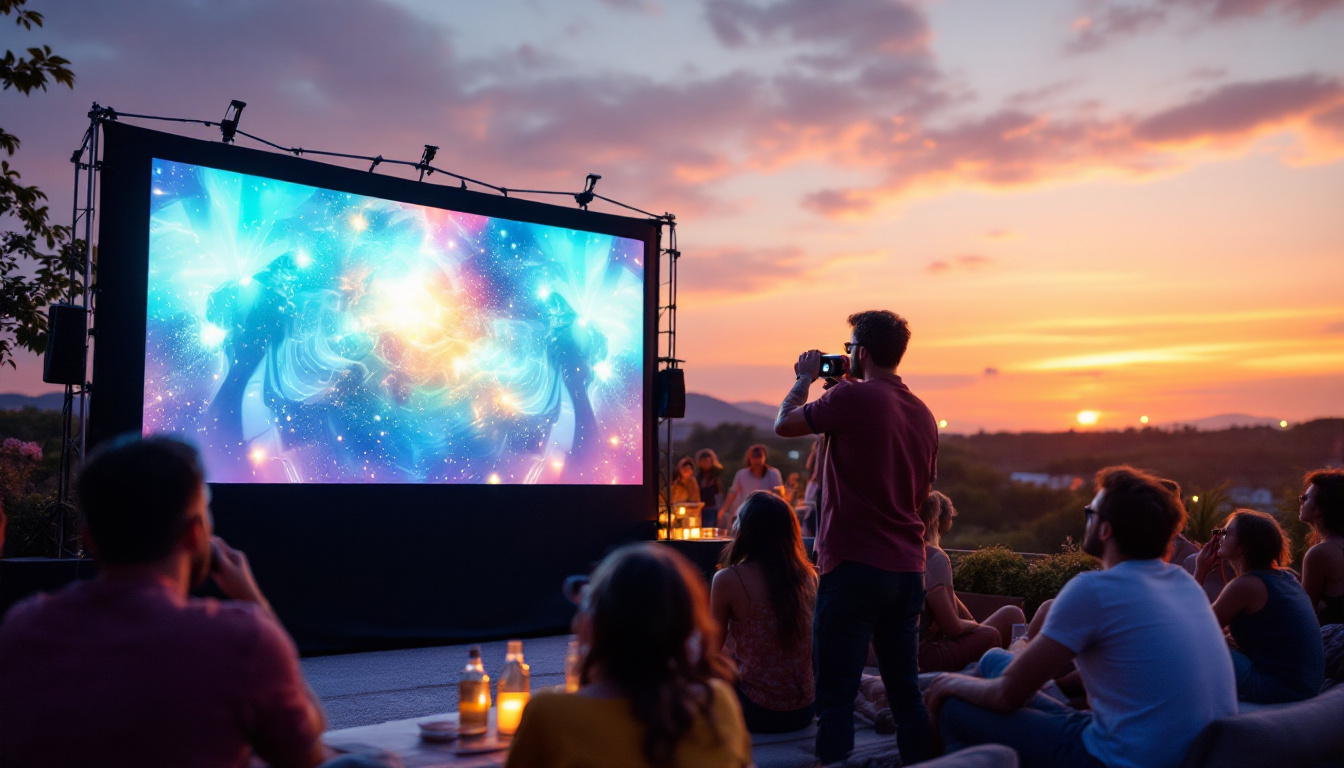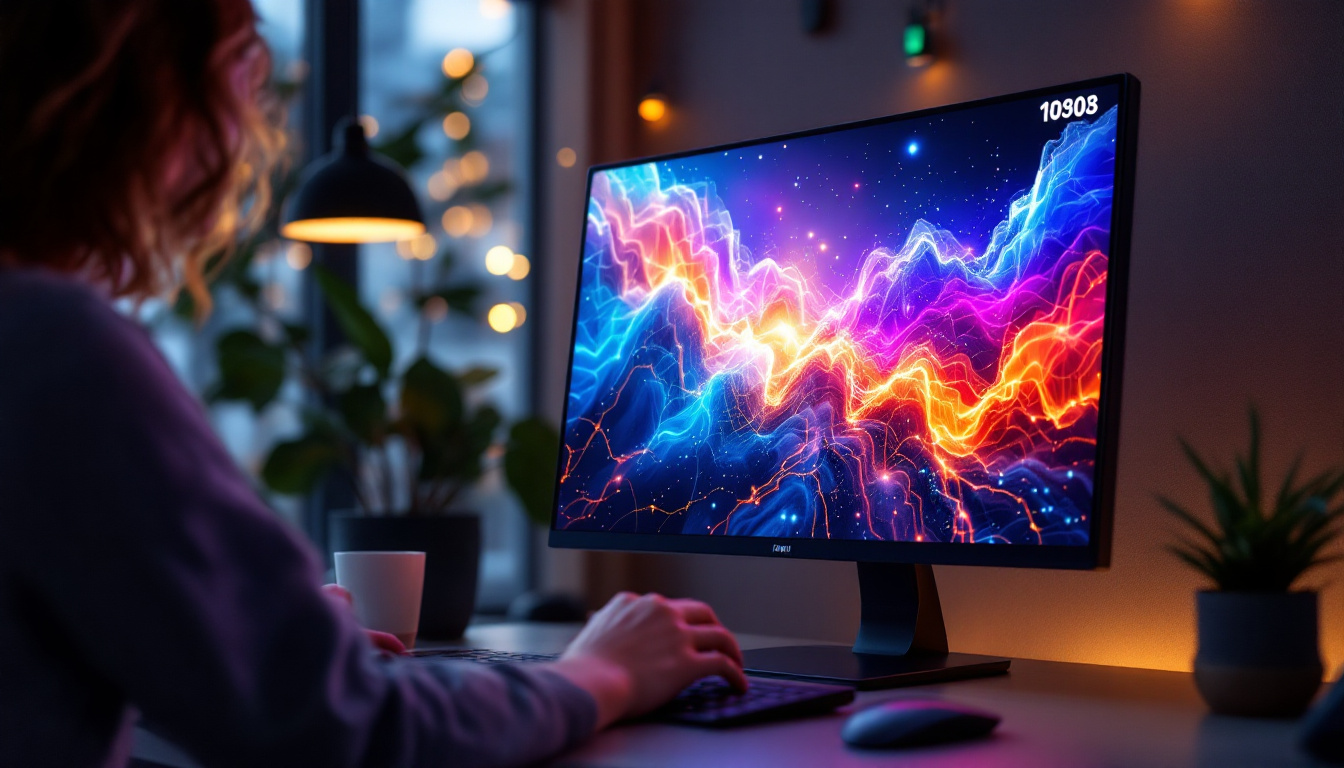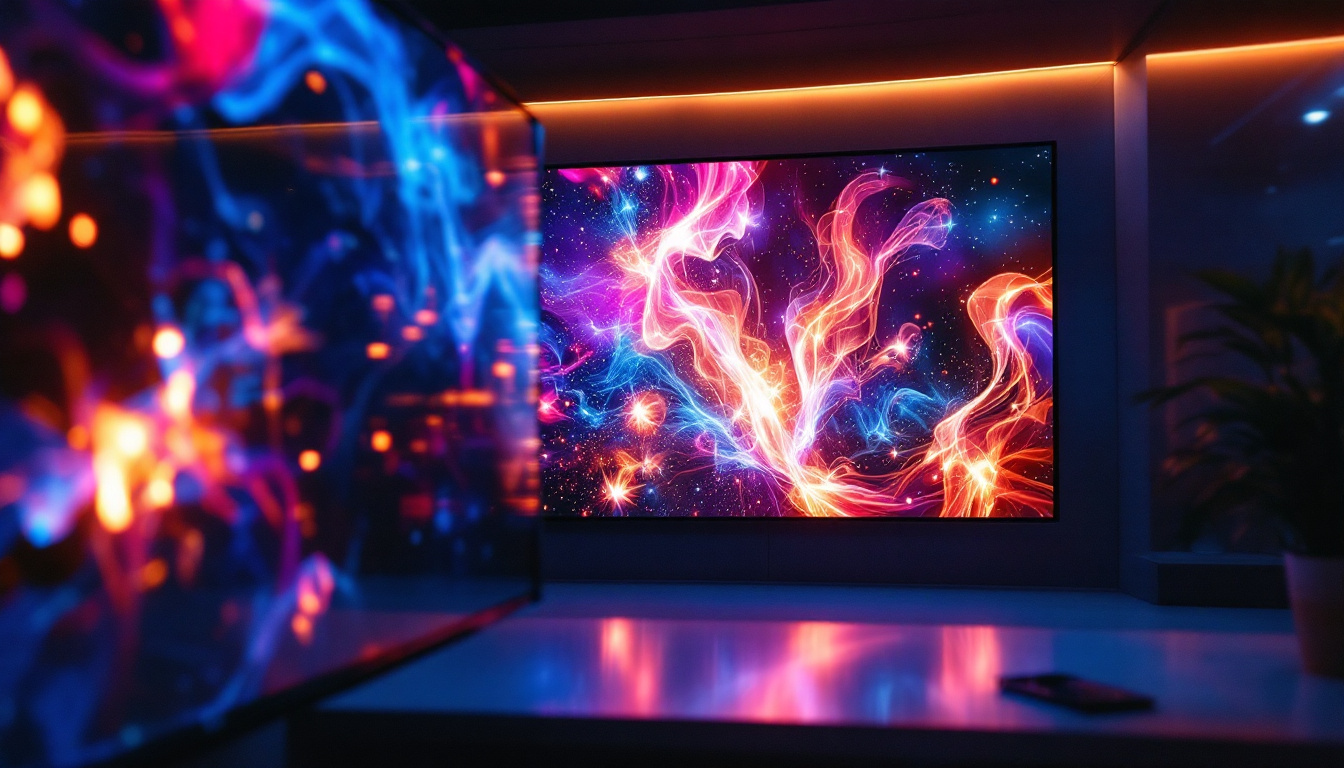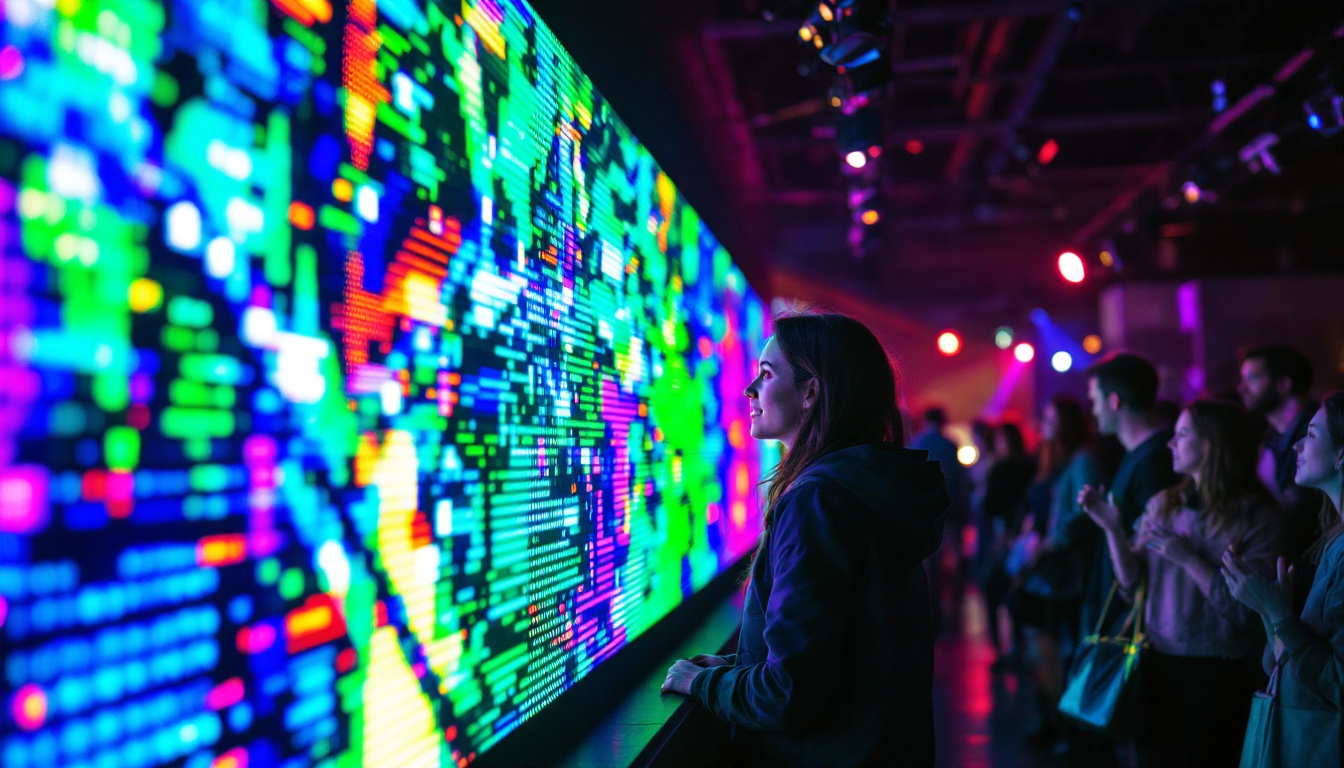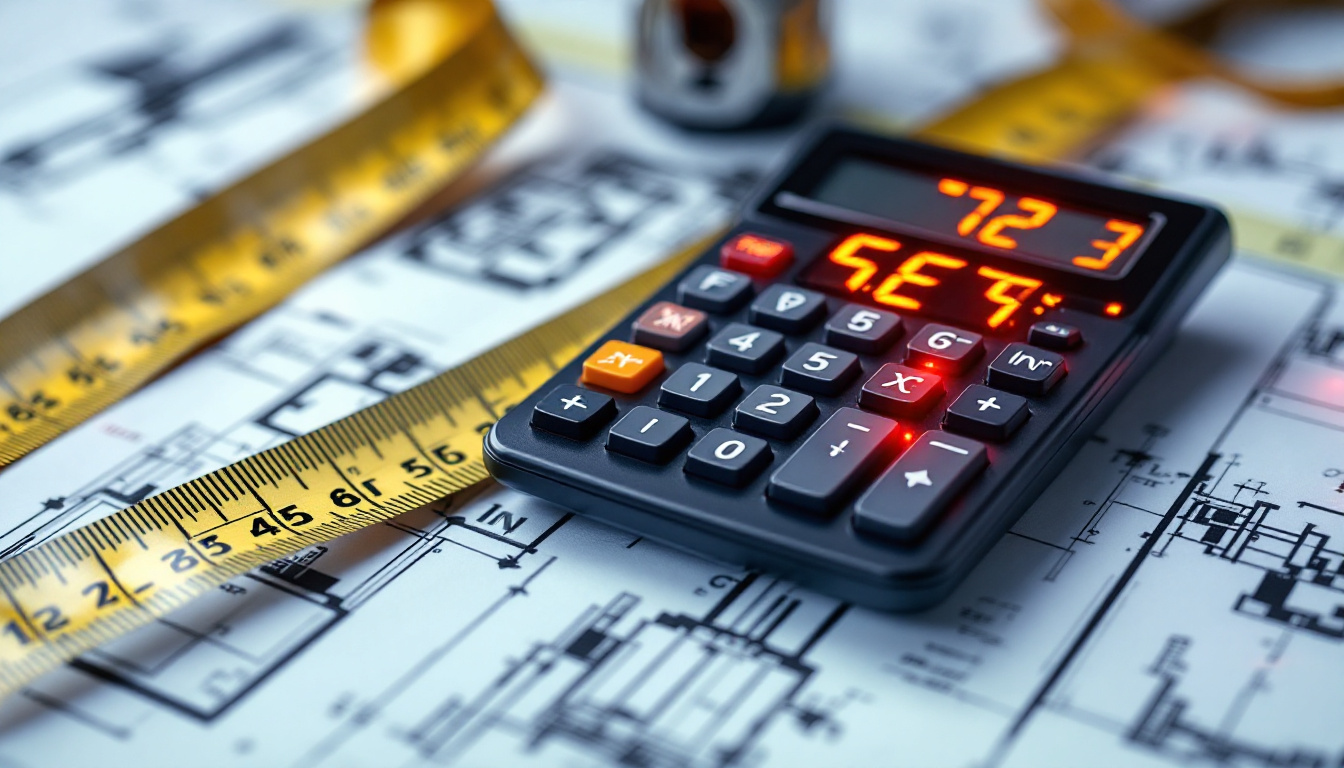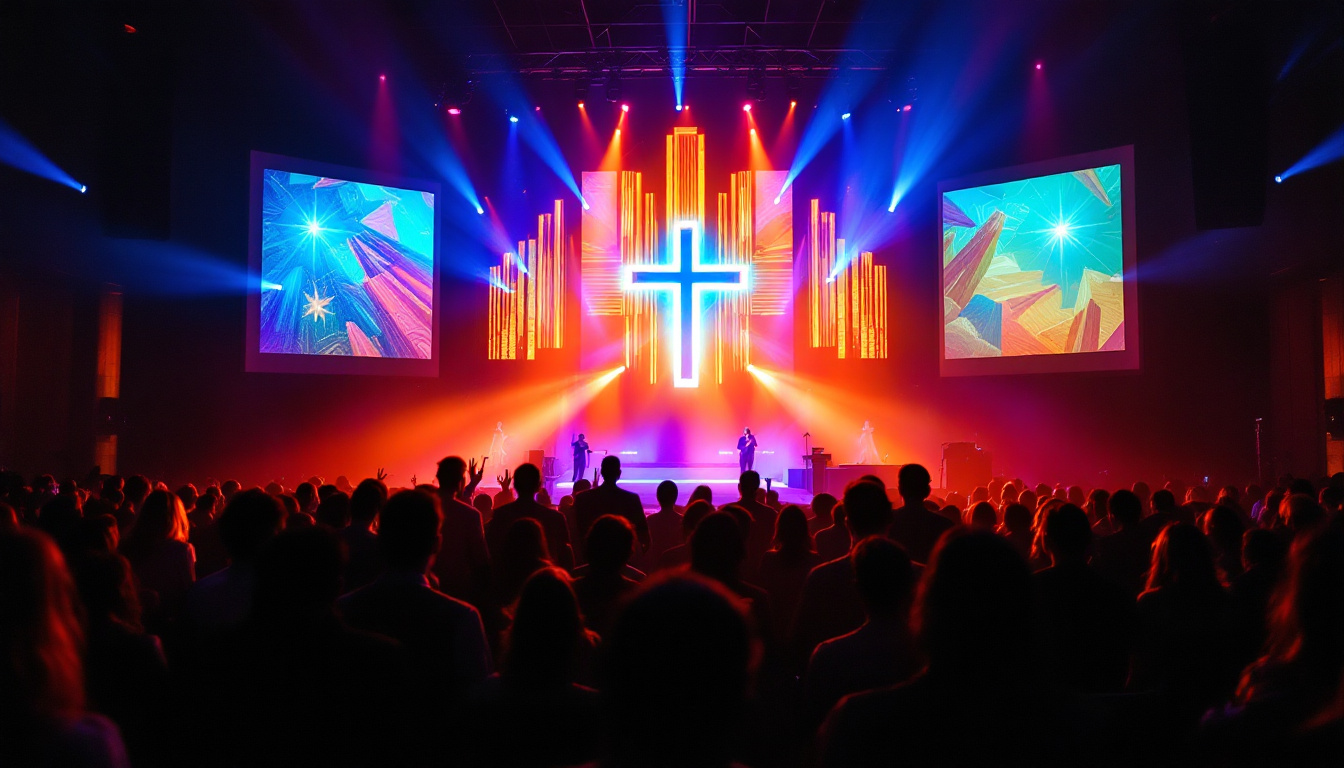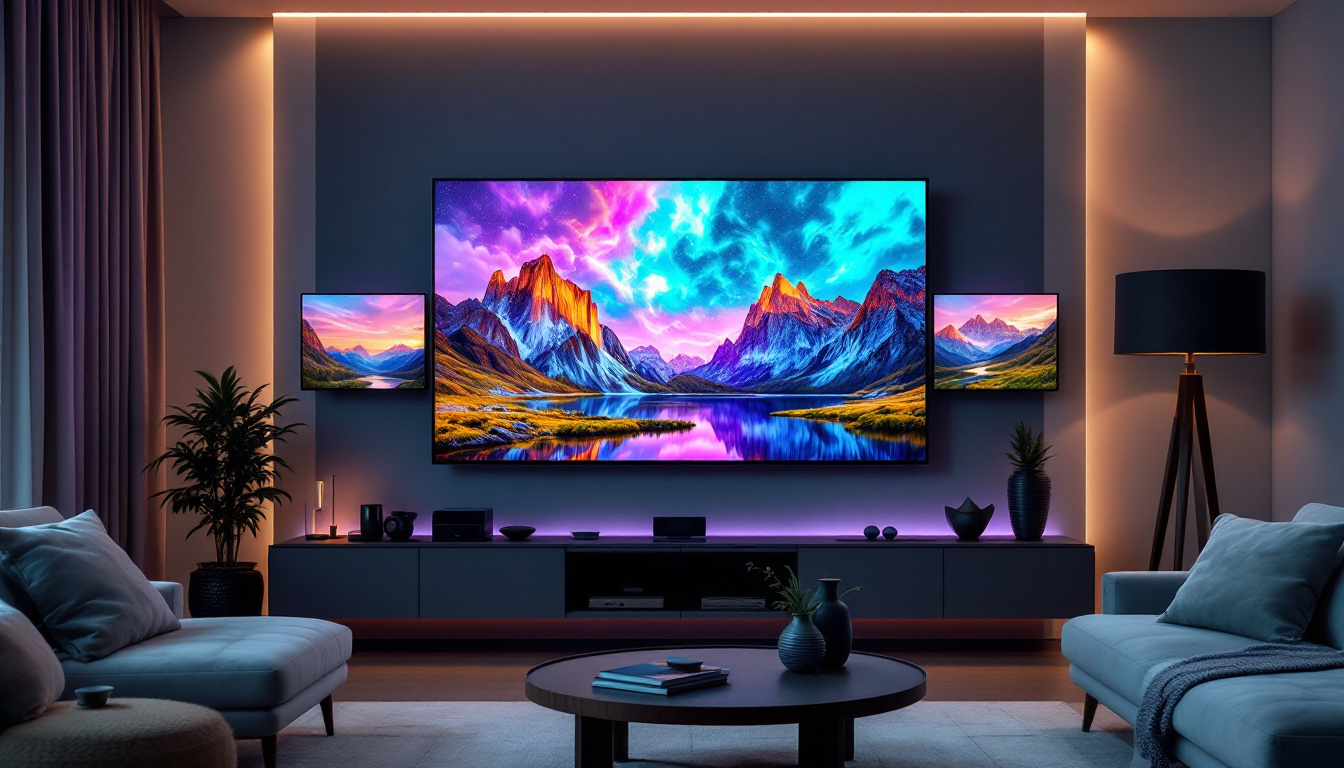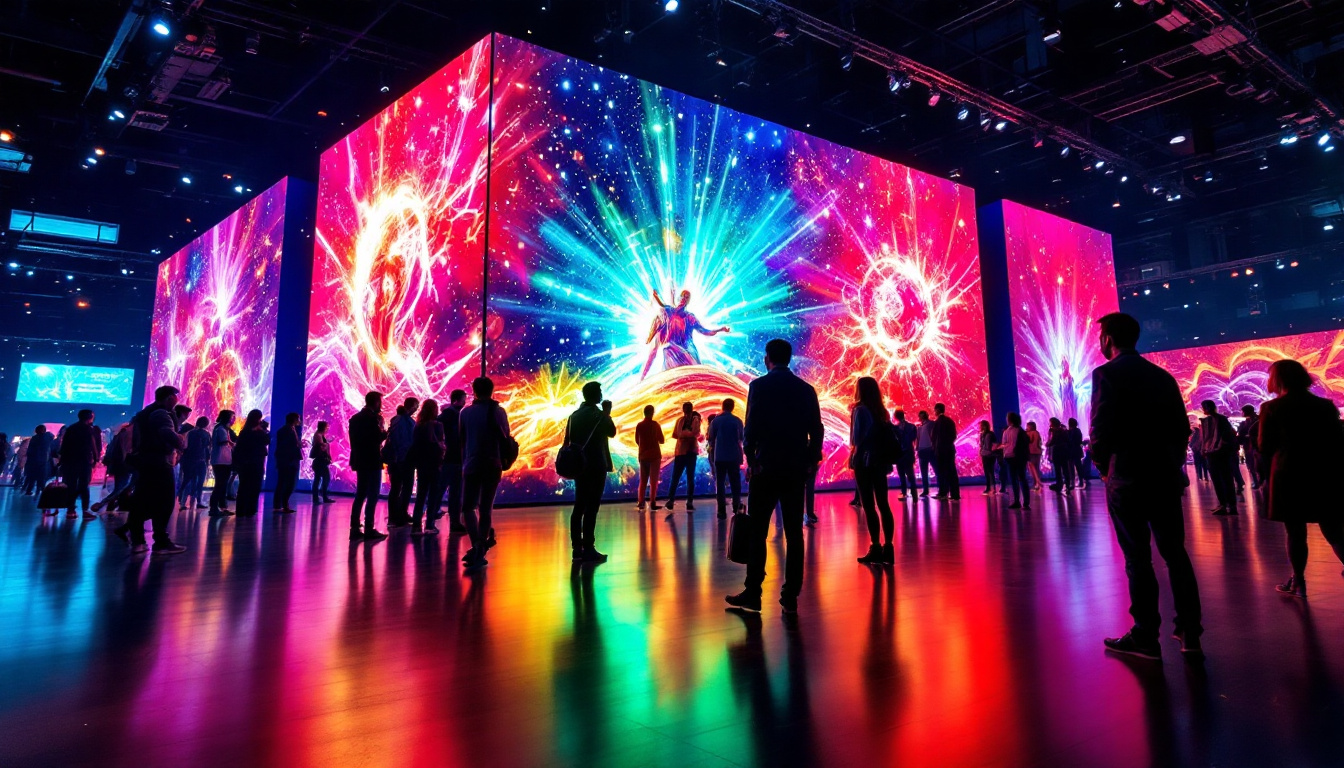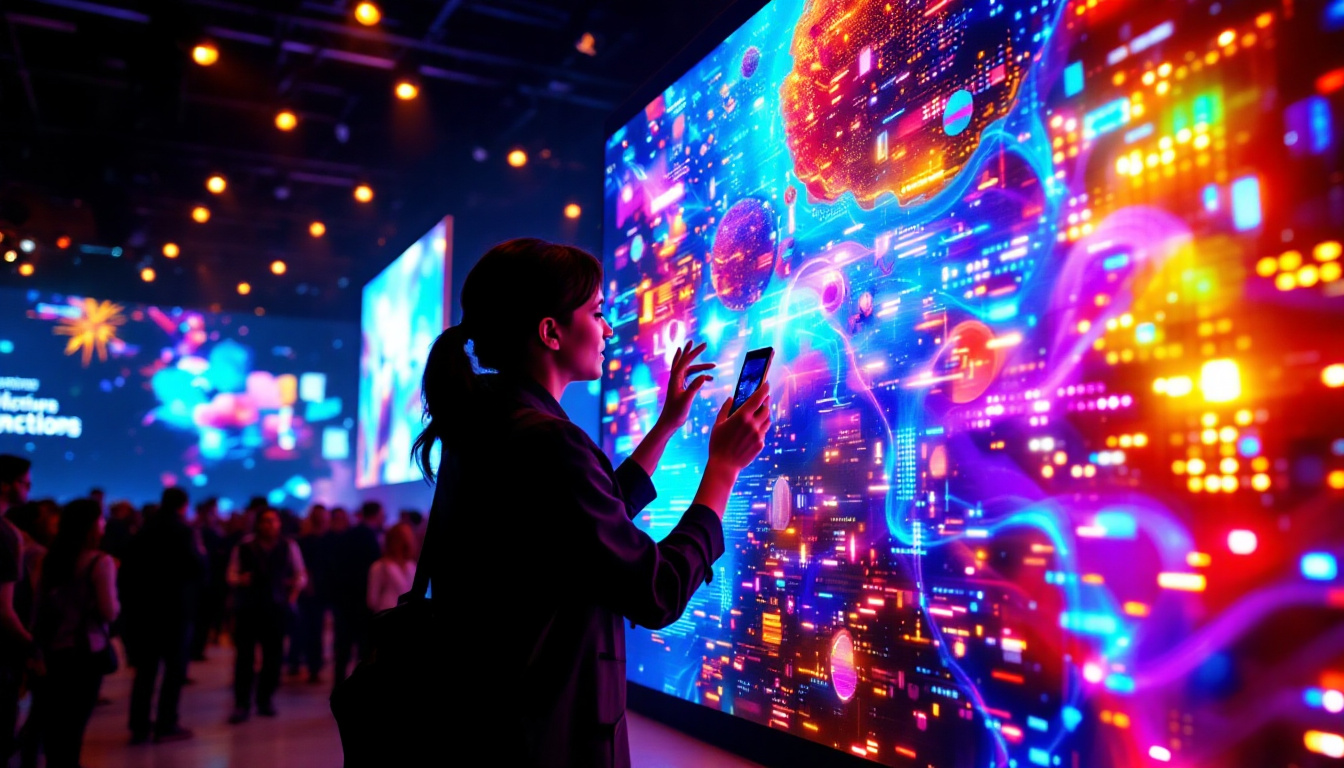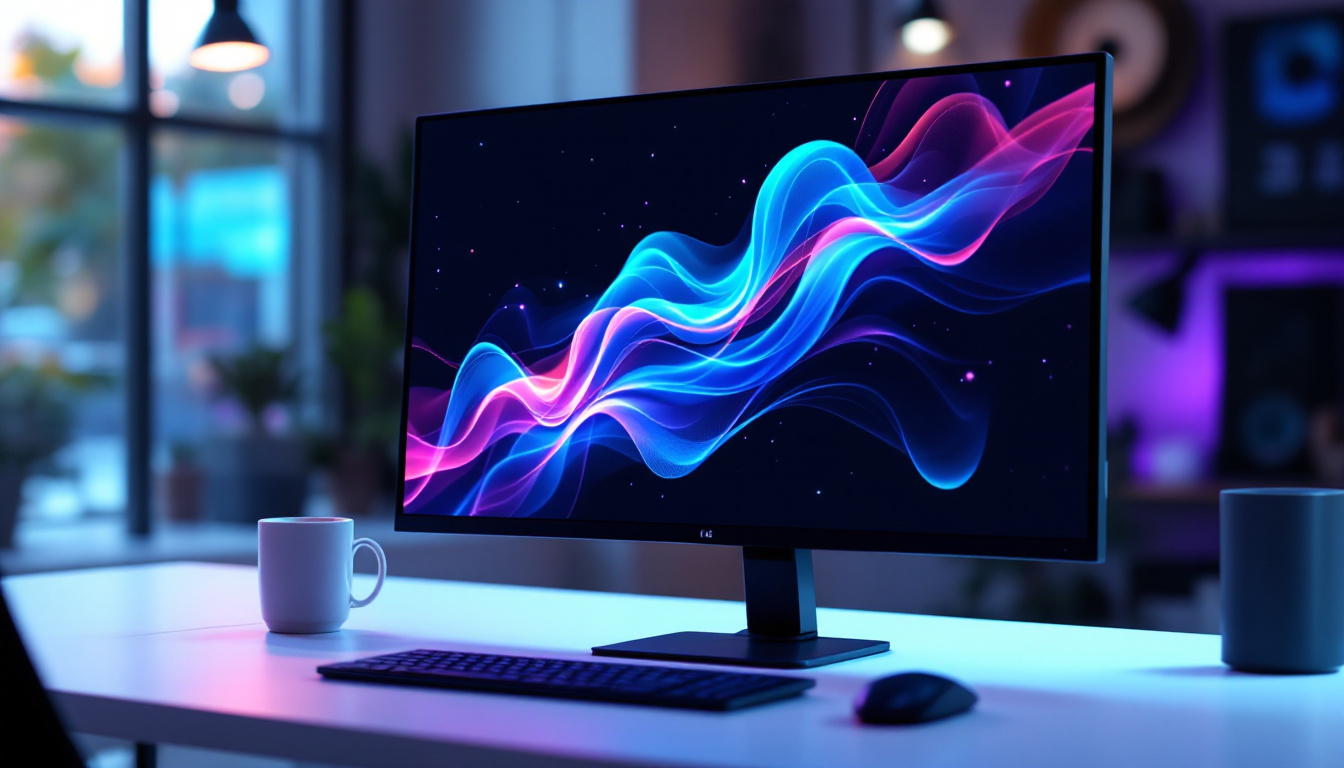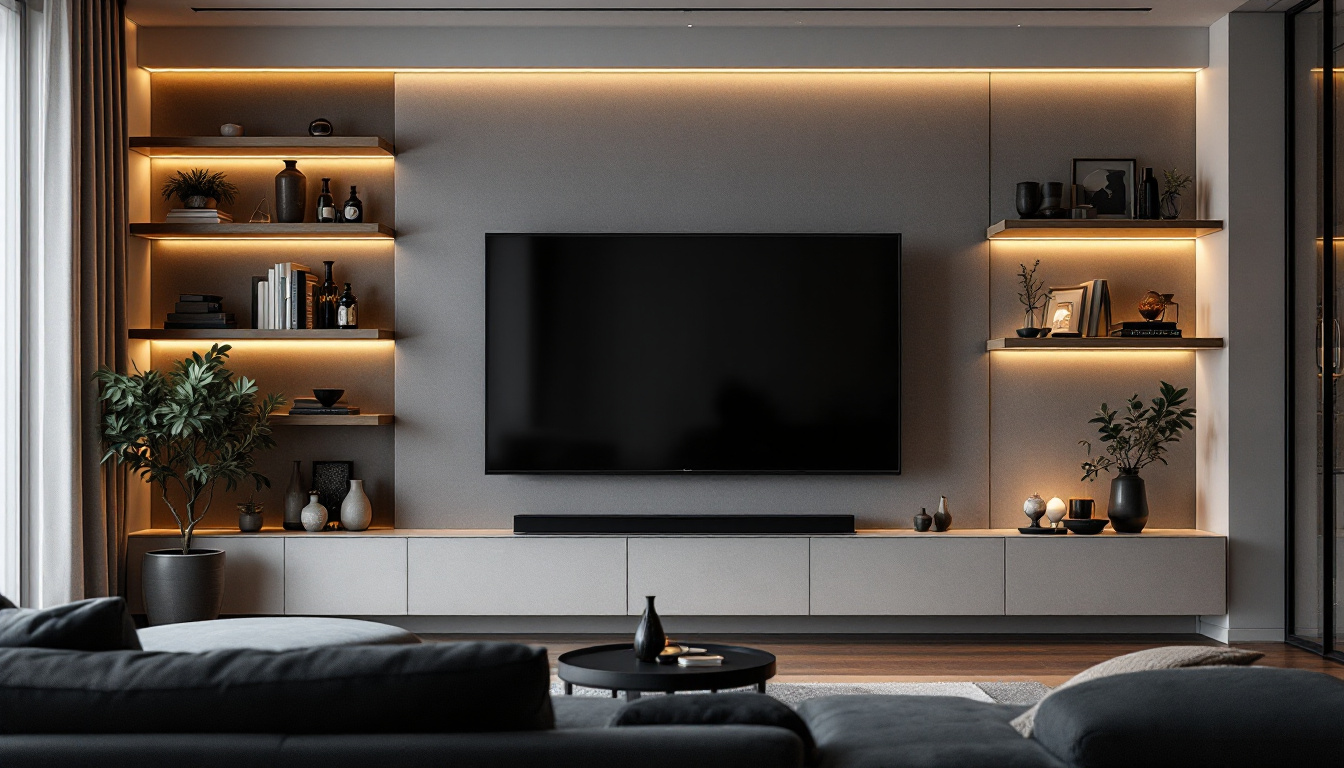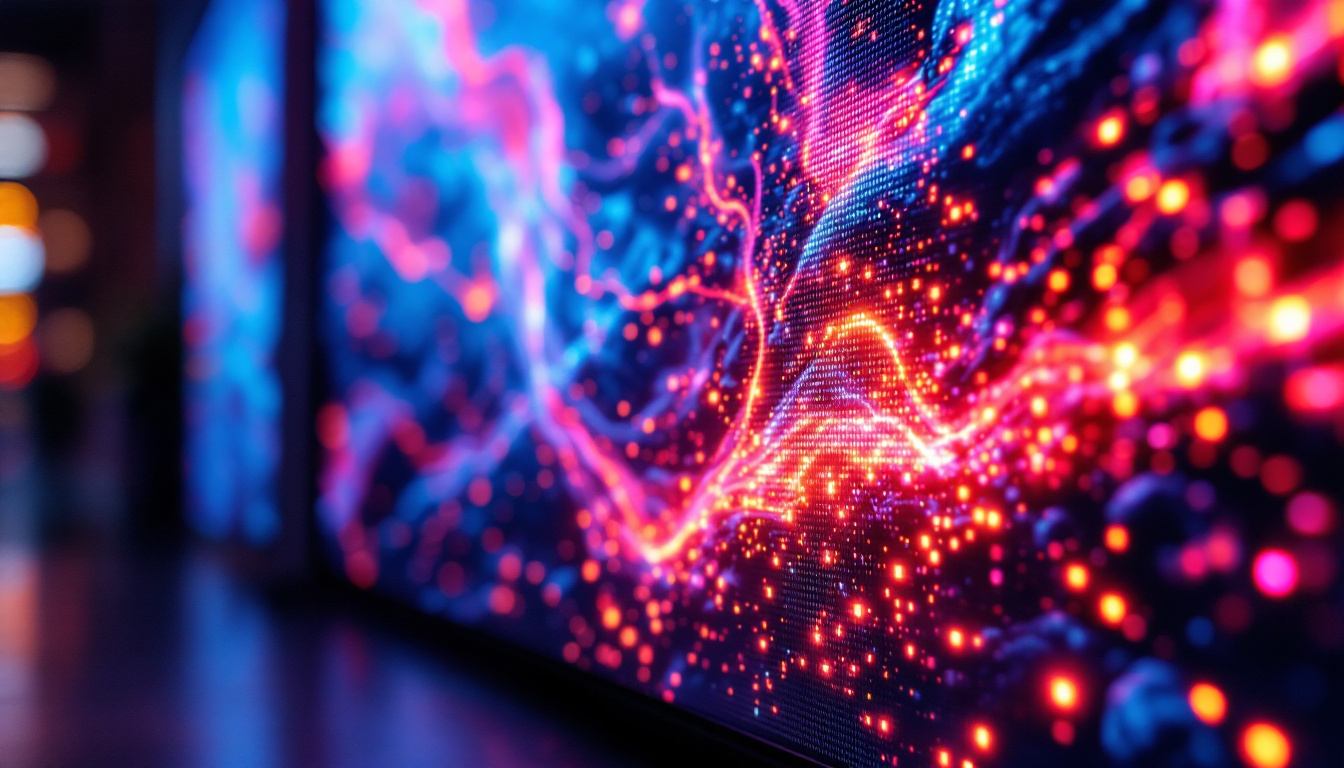In today’s digital age, the use of LED light screen displays has become increasingly prevalent across various industries. From advertising to entertainment, these displays have revolutionized the way information is conveyed to the public. This article delves into the intricacies of LED displays, exploring their technology, applications, advantages, and future trends.
What is an LED Display?
LED stands for Light Emitting Diode, a semiconductor device that emits light when an electric current passes through it. LED displays utilize these diodes to create visual content, making them an efficient and vibrant option for screen displays. Unlike traditional LCD screens that rely on backlighting, LED displays generate their own light, resulting in brighter and more vivid images. This capability not only enhances the viewing experience but also allows for deeper blacks and more saturated colors, making LED displays particularly appealing for media consumption.
These displays can be found in various formats, including digital billboards, television screens, and even large-scale video walls. Their versatility and adaptability to different environments make them a popular choice for many applications. From indoor settings like shopping malls and conference rooms to outdoor venues like stadiums and public squares, LED displays can be customized in size and shape to fit the specific requirements of the space. Additionally, advancements in technology have led to the development of flexible LED displays, which can be bent or shaped to create unique visual experiences.
Types of LED Displays
There are several types of LED displays, each designed for specific uses. The most common types include:
- Direct View LED Displays: These displays consist of individual LED modules that are arranged to form a larger screen. They are often used for outdoor advertising and large events due to their high brightness and visibility. Their ability to be viewed in direct sunlight without losing clarity makes them ideal for billboards and promotional displays in busy urban areas.
- LED Backlit LCD Displays: These screens use LED technology to illuminate an LCD panel. They are commonly found in televisions and computer monitors, offering improved contrast and energy efficiency compared to traditional LCDs. The backlighting can be adjusted dynamically, allowing for better performance in various lighting conditions, which is particularly beneficial for gamers and movie enthusiasts.
- Organic LED (OLED) Displays: OLED technology uses organic compounds to emit light, allowing for thinner screens and better color accuracy. They are increasingly popular in smartphones and high-end televisions. The self-emissive nature of OLEDs means that each pixel can turn on or off independently, resulting in exceptional contrast ratios and the ability to display true black, which enhances the overall image quality.
In addition to these common types, there are also specialized LED displays designed for niche applications. For instance, transparent LED displays are gaining traction in retail environments, where they allow products behind the screen to be visible while still showcasing advertisements. Similarly, LED mesh screens are being used in architectural designs to create dynamic facades that can change appearance based on lighting and content. As technology continues to evolve, the possibilities for LED displays are expanding, making them an integral part of modern visual communication.
How LED Displays Work
The operation of LED displays is based on the principles of electroluminescence. When an electric current is applied to the semiconductor material in an LED, it emits light. This process allows for the creation of pixels, which can be combined to form images and videos. The efficiency of this technology has made LED displays increasingly popular in various applications, from televisions and computer monitors to large-scale advertising billboards and stadium screens.
Each pixel in an LED display typically consists of red, green, and blue (RGB) diodes. By varying the intensity of each color, a wide spectrum of colors can be produced. This RGB combination allows for the display of detailed and vibrant images, making LED screens a preferred choice for visual media. Furthermore, advancements in LED technology, such as the introduction of white LEDs and quantum dot displays, have expanded the color gamut and improved brightness, enhancing the overall viewing experience.
Pixel Pitch and Resolution
Pixel pitch refers to the distance between the centers of two adjacent pixels in an LED display. A smaller pixel pitch results in higher resolution and clarity, making it ideal for close viewing distances. Conversely, a larger pixel pitch is suitable for outdoor displays viewed from a distance. This relationship between pixel pitch and viewing distance is crucial for designers and engineers when creating displays for specific environments, ensuring that viewers receive the best possible image quality without straining their eyes.
Resolution plays a crucial role in the quality of the images displayed. Higher resolution means more pixels are used to create an image, resulting in finer detail and sharper visuals. This is particularly important for applications such as digital signage and video walls, where clarity is essential. In addition to resolution, factors such as refresh rate and color accuracy also contribute to the overall performance of an LED display. A higher refresh rate can reduce motion blur in fast-moving images, making it an important consideration for sports broadcasts and gaming applications. Moreover, advancements in calibration technology allow for precise adjustments to color settings, ensuring that the displayed images remain true to life and visually appealing across various lighting conditions.
Applications of LED Displays
LED displays are utilized in a wide range of applications, reflecting their versatility and effectiveness in communication. Some of the most common uses include:
Advertising and Marketing
One of the most prominent applications of LED displays is in advertising. digital billboards and signage are strategically placed in high-traffic areas to capture the attention of potential customers. The ability to change content dynamically allows advertisers to promote multiple products or services, maximizing their reach and impact.
Additionally, LED displays can be integrated with social media feeds and real-time data, creating interactive experiences that engage audiences more effectively than static displays.
Entertainment and Events
In the entertainment industry, LED displays are indispensable. Concerts, sporting events, and festivals often feature large LED screens that provide visuals to enhance the audience’s experience. These displays can showcase live feeds, graphics, and animations, creating a more immersive environment.
Moreover, LED technology is also used in stage backdrops and lighting, allowing for dynamic visual effects that can be synchronized with performances.
Transportation and Information Systems
LED displays are widely used in transportation systems to provide real-time information to passengers. Train stations, airports, and bus terminals utilize LED screens to display arrival and departure times, gate information, and other essential updates. Their high visibility ensures that information is easily readable, even from a distance.
Furthermore, traffic management systems employ LED displays for variable message signs, guiding drivers with crucial information regarding road conditions, accidents, or detours.
Advantages of LED Displays
The popularity of LED displays can be attributed to several advantages they offer over traditional display technologies. Some of the key benefits include:
Energy Efficiency
LED displays are known for their energy efficiency. They consume significantly less power compared to traditional incandescent or fluorescent lighting, making them a cost-effective option for long-term use. This efficiency not only reduces operational costs but also contributes to environmental sustainability.
Brightness and Visibility
One of the standout features of LED displays is their brightness. They can produce high levels of luminance, making them suitable for outdoor environments where sunlight can wash out other display types. This brightness ensures that content remains visible and engaging, regardless of ambient lighting conditions.
Longevity and Durability
LED displays have a longer lifespan compared to traditional display technologies. With proper maintenance, they can last up to 100,000 hours or more. This durability makes them ideal for both indoor and outdoor applications, as they can withstand harsh weather conditions and heavy usage.
Challenges Faced by LED Displays
Despite their numerous advantages, LED displays are not without challenges. Understanding these challenges is essential for potential users and manufacturers alike.
Initial Cost
The initial investment for LED display technology can be higher than that of traditional display options. While the long-term savings on energy and maintenance costs can offset this initial expense, the upfront cost may deter some businesses from making the switch.
Color Accuracy and Calibration
Achieving consistent color accuracy across an LED display can be challenging. Variations in manufacturing and environmental factors can lead to discrepancies in color representation. Regular calibration and maintenance are necessary to ensure that the display maintains its intended color fidelity.
Future Trends in LED Display Technology
The field of LED display technology is constantly evolving, with innovations that promise to enhance performance and expand applications. Some notable trends include:
MicroLED Technology
MicroLED technology represents a significant advancement in LED displays. It involves the use of microscopic LEDs to create displays with higher resolution and improved color accuracy. MicroLED displays are expected to become more mainstream, offering a competitive alternative to OLED technology.
Flexible and Transparent Displays
As technology progresses, the development of flexible and transparent LED displays is gaining traction. These displays can be integrated into various surfaces, such as windows or wearable devices, offering unique opportunities for advertising and information dissemination. Their adaptability opens new avenues for creative applications.
Integration with Smart Technologies
With the rise of smart technologies and the Internet of Things (IoT), LED displays are increasingly being integrated with smart systems. This integration allows for real-time data sharing, interactive content, and enhanced user experiences. As connectivity continues to improve, the potential applications for LED displays will expand even further.
Conclusion
LED light screen displays have transformed the landscape of visual communication, offering vibrant, energy-efficient, and durable solutions for a variety of applications. Their ability to convey information dynamically and interactively makes them invaluable in advertising, entertainment, and transportation.
As technology continues to advance, the future of LED displays looks promising, with innovations that will further enhance their capabilities and applications. Embracing these advancements will allow businesses and organizations to engage their audiences more effectively and creatively.
Discover Cutting-Edge LED Displays with LumenMatrix
Ready to elevate your visual communication with vibrant and dynamic LED displays? Look no further than LumenMatrix, a pioneer in LED display technology. Our extensive range of solutions, from Indoor and Outdoor LED Wall Displays to innovative LED Transparent Displays, is designed to captivate your audience and amplify your message. Experience the future of digital signage with LumenMatrix and transform your space into a mesmerizing visual journey. Check out LumenMatrix LED Display Solutions today and join the revolution in visual storytelling.

